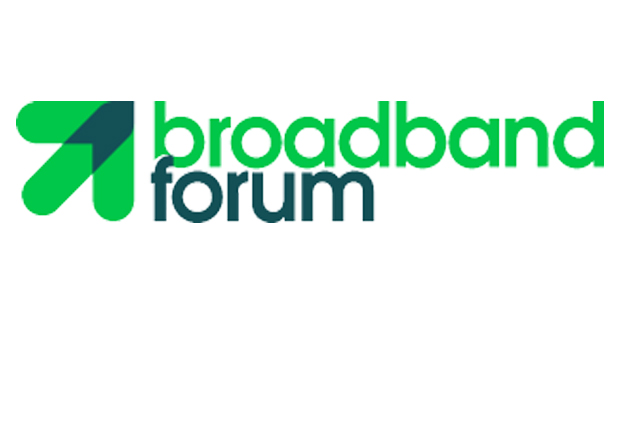Broadband Forum published Release 3.0 of its Open Broadband – Broadband Access Abstraction (OB-BAA) open-source project, easing migration to interoperable cloud-based access networks.
Building on previous releases of the OB-BAA code distributions – which allows operators to utilize their traditional management systems in co-existence with Software-Defined Networking (SDN) enabled management and control systems – Release 3.0 provides capabilities to manage Simple Network Management Protocol (SNMP) based Access Nodes via the vendor’s adapters, thus accelerating migration to SDN-based automation platforms.
This new release also adds service assurance capabilities for collecting Performance Monitoring (PM) data and translating the data into standardized YANG data models, including storage of the data into a common data lake. The BAA layer also provides an IP Flow Information Export (IPFIX) data collector for use with Access Nodes that support Broadband Forum’s TR-383 standard for PM data collection, enabling operators to obtain and monitor data from Access Nodes.
This enables operators to efficiently and cost-effectively monitor and improve network performance, as well as allow them to modify information within the network to change device behavior, opening up new possibilities for enhanced service assurance. In addition, notification capabilities are also improved to allow for subscriptions for notifications, enabling operators to effectively monitor network events such as failures or alarms.
“Release 3.0 of OB-BAA is a major step that enables monitoring of both legacy and new networks from a single centralized SDN platform,” said Francisco De Carvalho, Senior Specialist of Comms Provider interconnectivity at BT. “By taking operators’ SNMP access nodes and putting them into a standardized, common YANG format, operators have the flexibility to leverage their existing SDN management and control systems in a cloud-based environment to open up new, enhanced service assurance capabilities. Not only does this further facilitate migration to next-generation networks for an increased number of operators, it provides them with the means to provide service assurance capabilities without overhauling their existing infrastructure.”
Operation of the BAA layer includes the capability to determine how well vendors’ implementations conform to the standard YANG modules defined in the Broadband Forum’s TR-413 ‘SDN Management and Control Interfaces for CloudCO Network Functions’ specification. The Technical Report (TR) addresses the introduction of SDN technologies by specifying the standard YANG Northbound Interface (NBI) natively implemented on Access Nodes or Access Node adapters of the BAA layer itself.
“So far, OB-BAA has provided the basis for operators to evolve their traditional access network to a cloud-based infrastructure. Release 3.0 aims to take this to the next-level, providing operators with the tools to monitor and enhance network performance, cost-effectively and efficiently,” said Timothy Carey, of Nokia, Project Lead of the OB-BAA Open Source Project. “By providing an SNMP adapter framework in a standardized format that can be used by various control and management systems, operators can plug their existing access network elements to a cloud-based platform – enabling intelligent and responsive network functionalities.”
OB-BAA delivers a reference implementation of Northbound Interfaces (NBI), Core Components and Southbound Adaption Interfaces (SAI) for functions associated with virtualized access network devices, providing an always-on digital representation of the network. As OB-BAA uses standardized Northbound Data Models, network testing only needs to be carried out once, resulting in significant cost and time savings for operators.
Broadband Forum members directly involved in developing the Release 3.0 specifications included Altice Labs, BT, DZS, Nokia, and TIM.
Release 3.0 of OB-BAA can be downloaded directly from Broadband Forum’s website and can be found here: https://obbaa.broadband-forum.org/.












































































































